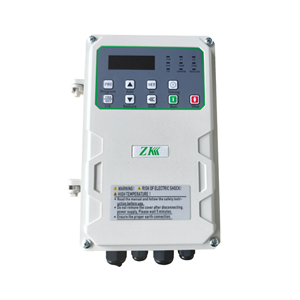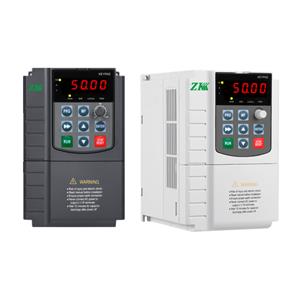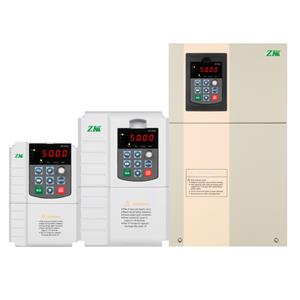Development and Future Trends of Solar pump drive
Development and Future Trends of Solar pump drive
Abstract
Solar pump drive have emerged as a sustainable and cost-effective solution for irrigation, livestock watering, and domestic water supply, particularly in off-grid and rural areas. This paper reviews the technological advancements, economic feasibility, environmental benefits, and policy frameworks driving the adoption of Solar pump drive. The study highlights key challenges and future research directions to enhance system efficiency, reliability, and scalability. With the global push toward renewable energy and climate resilience, Solar pump drive is poised to play a crucial role in sustainable water management.
1. Introduction
Water scarcity and energy access remain critical challenges in many parts of the world, particularly in developing regions. Traditional diesel and electric pumps contribute to high operational costs, greenhouse gas emissions, and reliance on unstable grid power. Solar pump drive offer a viable alternative by harnessing solar energy to power water extraction, reducing both costs and environmental impact.
This paper examines:
The evolution of Solar pump drive
Key components and system configurations
Economic and environmental benefits
Barriers to adoption and potential solutions
Future trends and innovations
2. Historical Development of Solar pump drive
2.1 Early Systems (1970s–1990s)
First solar pumps introduced with low-efficiency PV panels and DC motors
High initial costs limited adoption to research and pilot projects
Primarily used in remote locations with no grid access
2.2 Technological Maturity (2000s–2010s)
Improvements in PV efficiency (15–20%) and cost reductions
Introduction of MPPT (Maximum Power Point Tracking) controllers
Shift from DC to more efficient AC motor systems
Government subsidies in countries like India, China, and Africa
3. System Components and Configurations
3.1 Solar PV Array
Monocrystalline, polycrystalline, and thin-film technologies
Tracking systems (fixed tilt vs. single/dual-axis trackers)
3.2 Pump Types
Submersible pumps (for deep wells)
Surface pumps (for rivers, ponds, and shallow wells)
Centrifugal vs. positive displacement pumps
3.3 Solar pump drive
DC-DC converters for voltage regulation
MPPT controllers for efficiency optimization
Variable frequency drives (VFDs) for AC motor control
3.4 Storage and Hybridization
Battery storage for nighttime operation
Diesel or wind hybrid systems for reliability
4. Economic and Environmental Benefits
4.1 Cost Comparison
| System Type | Initial Cost | Operational Cost | Lifetime Cost |
|---|---|---|---|
| Diesel Pump | Low | High (fuel + maintenance) | High |
| Grid-Electric Pump | Moderate | Moderate (electricity bills) | Moderate |
| Solar PV Pump | High | Very Low (no fuel) | Lowest (long-term) |
4.2 Environmental Impact
CO₂ Reduction: A 5 HP solar pump can save ~5–8 tons of CO₂/year vs. diesel
Noise & Pollution: Silent operation, no fuel spills
Water Conservation: Smart irrigation integration reduces waste




